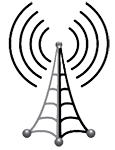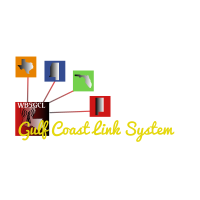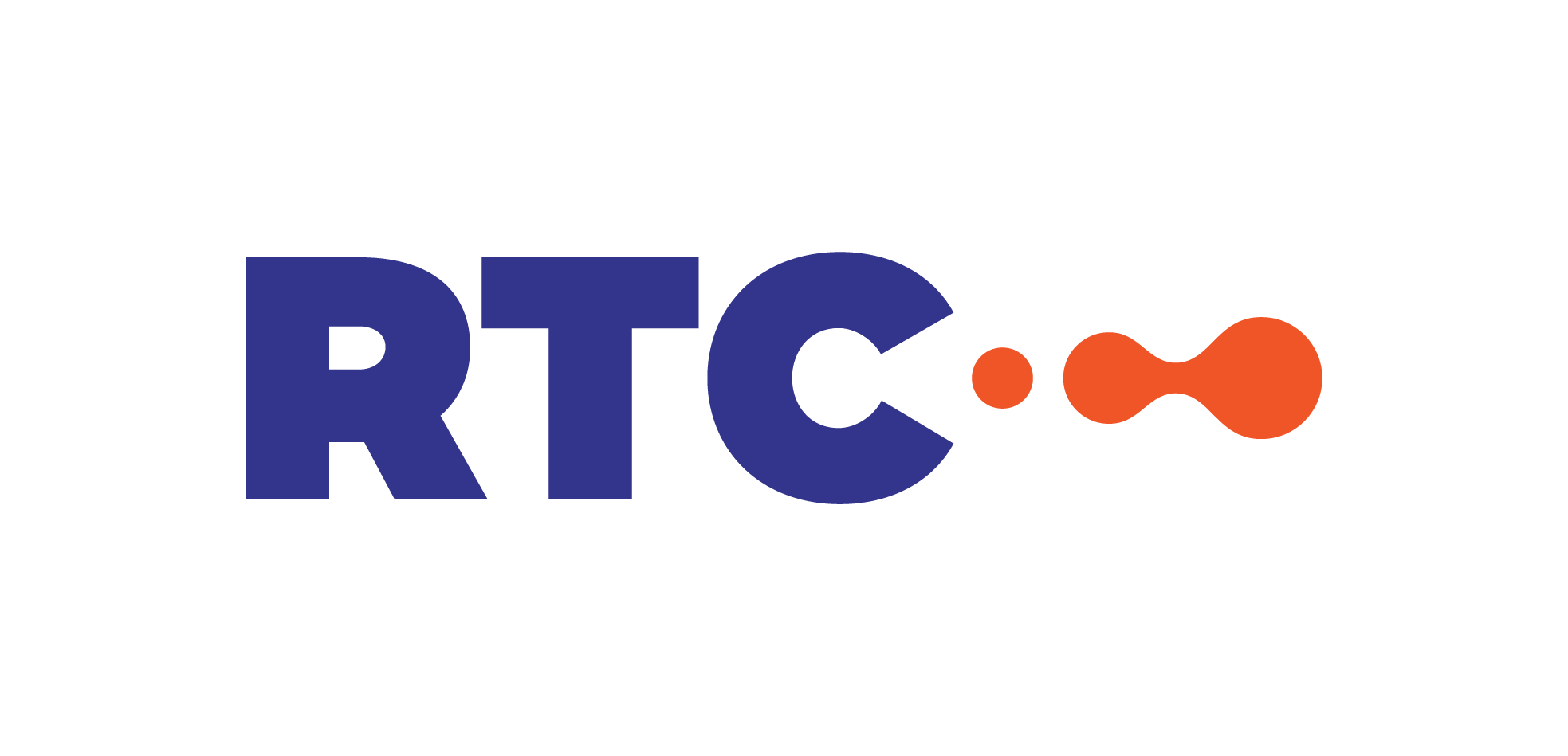Building an Allstar LInk HubOUR JOURNEY BEGINS.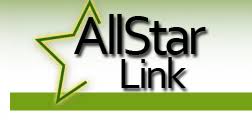
Being an Amateur Radio operator, and working in Law Enforcement during both Hurricane Katrina and Hurricane Isaac, which devastated St John Parish, Louisiana, I know the importance of reliable communications during emergencies and natural disasters. This importance has been tested several times over the last decade or so. During Hurricane Katrine, all communications out of St John Parish were lost. Trunking radio systems failed, copper, T-1, Fiber lines all destroyed, and Ham radio was the savior to the parish. We found a significant benefit to being able to connect across the state using a simple VHF or UHF radio and a DTMF microphone. Some time later, I ran across the website for the AllStar Link system and immediately became interested in building a node. With the completion of our first node, the idea came that we should create a centralized link place, so we started exploring the Allstar Link Hub protocals and proceedures. AllStar Link combines the best features of Echolink, IRLP, an autopatch, and a high-end repeater controller into a simple, freely obtainable software package that can be quickly installed and set up, utilizing a variety of computer and radio hardware combinations. Since much of the "heavy lifting" is done in software, the cost of setting up an AllStar Link node is very low, especially compared to setting up a similar station using traditional hardware-based methods. I set up an AllStar Link node complete with VOIP autopatch and automatic weather alerts for less than $300 in parts and less than 48 hours of my time, although with so many features and options available,I don't think I will ever stop tweaking and messing with the system. Below you will find a brief discription of our journey through building a node and ultimately ending up with what is now known as the Guld Coast Link System, an Allstar Link Hub. Our hopes are that by giving account of our trials and triumphs, we will spark more interest in the linking system and grow the network out to the benefit of all the citizens of the Gulf Coast States and those that surround us. Take notes and feel free to ask questions via the contact page. Sit back and and enjoy the ride. Hope to see you on the link someday. GETTING STARTEDBefore you get started on this project, there are a number of websites you should visit to get background information and specifics on various aspects of creating an AllStar Link node: This website is the home of the AllStar Link system. In addition to everything you need to know about the AllStar Link system, this website will also allow you to create your own custom configuration files you can download to your AllStar Link node computer. This website contains virtually everything you need to know about building a repeater system. Specifically, this site is an indispensable source of information for configuring commercial-grade radios for amateur use. Commercial radios are ideal for repeater/node use due to their rugged construction, affordable prices (used), and their abundance. This website is the home of DMK Engineering, the makers of the USB Radio Interface (URI). The URI is the quickest, and easiest way to connect your radio to your AllStar Link node computer. SELECTING HARDWAREThere are three major hardware components to any AllStar Link system: radio/antenna, computer-radio interface, and computer. In this section I'll first cover some of the available options with each portion of the system, then discuss in detail my specific configuration:
RADIOThe AllStar Link system is easily used with a wide variety of radios. Almost any radio is suitable for basic use as long as you can tap into audio out of the radio (external speaker or headphone jack) and can put audio back into the radio (microphone jack.) Commercial radios with utility pinouts on the back add a number of additional features that are useful for a heavy-duty setup, but almost any radio will work with the AllStar Link system. If you are considering a commercial radio, spend time on the Repeater Builder's website doing research on your selected radio. Many radios may require hardware modifications to work in the amateur bands, and you'll want to be familiar with the programming software requirements/limitations of your selected radio prior to purchase. Some radios are much easier to work with than others - do your homework! COMPUTER-RADIO INTERFACEAs mentioned above, the DMK URI is definitely the quickest, easiest, and best documented solution for getting your node on the air. At $69.95/unit, it's also the mid-priced option for making the connection. There are three main ways of making this connection. For commercial applications, you'll want to look at the Quad-Radio PCI Card (http://qrvc.com/radiocards.html), which allows up to four radios to be connected to a single Server computer. At $895.00 per card, this option is best reserved for clubs, or commercial-grade repeater systems. On the low end of things, a USB sound fob with a CM108 chipset (easily obtainable at a popular Internet auction website for less than $10.00) may be hand-modified to function as a radio interface (http://app-rpt.qrvc.com/node/27). Although less expensive than a DMK URI, creating your own interface is a time-consuming process, and unless you are sure the USB sound fob you are purchasing has a CM108, CM109, or CM119 chipset in it, you may create more frustration trying to build your own interface than is worth the few extra dollars you'll spend on the neatly fabricated and well-documented DMK URI. Fortunately the three pricing tiers and performance levels pretty much cover the amateur spectrum, so you're sure to find the one that fits you. While the DMK URI is easy to use and well documented, there is yet another low cost and easy to use alternative. The guys at Repeater Builder have designed a plug and play usb interface for several popular radio models. Check out their documenation and product availablity at the link below. As with choosing a radio, choosing the right computer to radio interface can save you a lot of time and stress in the process of building your node and getting it on the air/link. Chose the right interface for your application and radio model, ask around someone has probably put your exact installation together and can help you out. COMPUTERA wide variety of computers will fit the bill for an AllStar Link node. There are two major ways to run the system: a traditional desktop computer running the ACID Linux distribution, or a mini-ITX computer running Limey Linux. I'll discuss both options briefly:
MY INSTALLATIONSWe actually have two nodes currently on line in addition to the Link Hub. For the radio hardware, I will attempt to keep the systems listed seperatly by node number. For our two current nodes, we utilized two repeaters that were already on line, node number 41224 is attached to the the 444.675 repeater system and the 43932 is attached to the 146.805 repeater system, both of which have been on the air and utilized by the local hams for some time. Node number 43932 is running on a Lenovo laptop interfaced to a Motorola RKR 1225 rack mounted repeater using the Repeater Builder RIM-lite usb interface designed for the Motorola radios. The antenna for this repeater is a Db 224 mounted on top of a water tower. The latop top computer for this node is in the process of being upgraded to a Raspberry Pi3 and touch screen monitor for local node manipulation. Node number 41224 is currently running on a rack mounted laptop interface to two Motorola GM300 radios using the Repeater Builder Repeater Maker USB interface designed for use with the Motorola radios to make them a full duplex repeater. The antenna for this repeater system is a DB 420 on a commercial tower at approximately 480 feet. We are in the process of upgrading this repeater to a newer commercil grade repeater and upgrading the computer to a Raspberry Pi3 with a touch screen monitor for easy rack mounting and local node manipulation. I will edit and update this listing as the changes are made.
The AllStar Link system allows an AllStar Link node to function as an AllStar, Echolink, and IRLP node all at the same time. Once properly set up, you can use your AllStar Link node to access nodes on any of these three systems with a few DTMF presses. Conversely, others can easily connect via any of these systems to your node. Internet linking has never been easier than with AllStar Link systems. AccountingHere's a quick example of the rundown of the cost of some of our previous systems, broken down by node number and repeater system:
Node number 43932 146.805 Repeater:
The fact that for this node we utilized an existing repeater system saved us a great deal of money and time. If you are starting from scratch and building a back yard node or trying to build a wide coverage node, the pricing is going to vary and be significantly higher then what we incurred for this project.
Node number 41224 4443675 Repeater:
As with the 43932 node, utilizing an existing repeater system saved us a considerable amount of money on this node. We have recently however upgraded to commercial grade repeaters, Motorola SLR8000's which required us to manufacture our own interface cable from a DMK URI to the repeater. . SUMMARYOverall, I really enjoyed building my AllStar Link node and link hub. I am amazed at the capability it brings at such an affordable price. I hope this how-to gets you motivated to experiment with an AllStar Link node or hub of your own. It was a great amateur radio growing experience for me, and I hope you find the same.
Connectivity:THe Gulf Coast LInk would like to thank RTC Online for being the official broadband & Fiber provider for the link system in St. John, St. James and Lafourche Parishes in Louisiana. This company has gone above and beyond to help us with connectivity for our links, nodes, Ham Hotline VOIP phones and the GCL server. RTC has recently purchased/merged with EATEL and VISIONCommunications into Ascension and Lafourche Parishes. Check them out by clicking their logo below. Ham radio can be fun!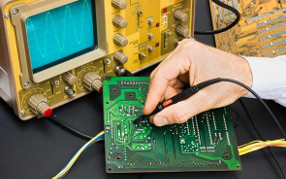
When "hams" are not participating in emergency communications, they enjoy just listening and talking to other licensed "hams" nearby and worldwide along with experimenting with radio communications of all types. To become part of this, you must show to the Federal Government that you have the training and skills by passing an exam to get licensed. You don't have to volunteer in emergency communications or as a trained spotter like many hams do, but if you want to give back to your community, you would be welcomed to join the ranks of those that have taken their hobby to the next level. Amateur Radio operators are people from all walks of life--no matter what age, gender or physical ability. Did you know that most of the NASA astronauts are Amateur Radio Operators? You're never too young or old. There is no age requirement! And, getting started in Amateur Radio has never been easier! Now, you no longer have to learn Morse Code to get your first Ham Radio License, the Technician Class license, as in years past! Just pass a 35 question multiple choice written exam given by volunteer Ham Radio Operators who want you to pass your exam and become one of them and you're on your way! The AADXA is proud to announce that we are now accredited with the Laurel Volunteer Exam Coordinators and can now admisinster all levels of Amateur radio exams free of charge. We are also working on a curiculum to offer training classes at our operations center that will aide in bringing new operators into the hobby. COntact a club official for more information, we will be more than happy to assist you in any way that we can.
|
